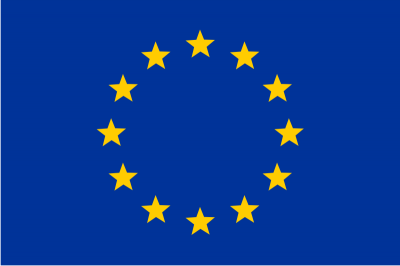Legislating is one of the most important roles of any national parliament. The European Parliament, like these other national parliaments, is also responsible for the legislative process of the European Union along with the Commission and the European Council. However, over the years, and most recently with the Lisbon Treaty which came into effect in 2009, the European Parliament has been getting increasingly more power in decision making. The MEPs are constantly reviewing and voting on legislation that affects citizens of the European Union.

European Parliament
Click here to read “Troubled Waters,” a fun comic book about the European Parliament and how it makes decisions.
| In the European Parliament, there are various procedures for making decisions. Here are the three most important legislative procedures: |
“ORDINARY LEGISLATIVE PROCEDURE”: Introduced in the Maastricht Treaty of 1992 as the co-decision procedure, it was renamed by the 2009 Lisbon Treaty as the Ordinary Legislative Procedure. Most of the EU’s legislation currently falls under this process. The European Parliament shares decision-making with the Council of Ministers, and has the right to a third reading. The Parliament can also veto legislation that falls under this procedure! Most of the EU’s Policy areas fall under this process including agriculture, fisheries, transport, structural funds and many others. Click here for a flowchart that shows you how decisions under the Ordinary Legislative Procedure are made! |
“SPECIAL LEGISLATIVE PROCEDURES”: Consultation: Under the consultation procedure established by the Treaty of Rome in 1957, the European Commission submits a proposal to the Council of Ministers (the Council for short). The European Parliament gives an opinion on the proposal, but the Council is not obliged to take this opinion into consideration. Consultation has now been largely replaced by the Ordinary Legislative Procedure but is still used for legislation concerning internal market exemptions and competition law. Consent: Finally, introduced by the Single European Act as the assent procedure and renamed by the Lisbon Treaty to the consent procedure, this process allows the European Parliament to approve major decisions regarding international treaties and enlargement. The Parliament cannot make amendments to such legislative proposals, but proposals that fall under the consent procedure cannot be finalized without the Parliament’s approval. Decisions cannot be made without the support of an absolute majority. |

Discussion:
Compare and contrast this legislative process with the Canadian legislative process.
What are the similarities?
What are the differences?
Which legislative process do you think is more efficient? Why?
Sources/Links:
European Council – The Ordinary Legislative Procedure | FR
European Council – The Special Legislative Procedure | FR
Want to learn about the struggle involved in creating an EU Constitution? Check out Extension: The European Union Constitution.
Now for Activity 7!